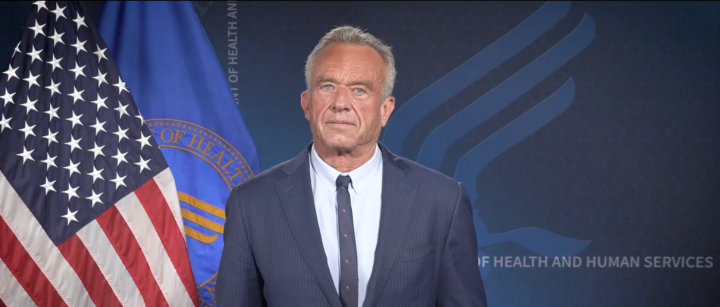New York City’s Relationship with the Catholic Church Explored in Recent Analysis
The recent elevation of Leo XIV as the new pope signifies a pivotal moment for the Catholic Church, particularly as it represents the faith of over a billion adherents globally. Notably, this occasion is made even more meaningful as Pope Leo XIV hails from Chicago, a city that embodies a significant chapter in the narrative of American Catholicism. As the church navigates contemporary challenges, it is evident that similar reflections and strategic planning are necessary within the Catholic communities in New York City.
Currently, approximately 30% of New York City’s population identifies as Catholic, a demographic that underscores the vibrancy of the faith across the five boroughs. The Archdiocese of New York and the Diocese of Brooklyn oversee hundreds of parishes, which not only serve as places of worship but also as community anchors. Catholic educational institutions further emphasize this cultural presence, serving thousands of students and contributing to the moral fabric of the city.
However, the educational landscape within these communities is facing trials. Enrollment in Catholic schools has declined steadily over recent years, a trend that raises significant concerns. Compounding this issue are the underutilized properties owned by churches, which have become increasingly prevalent as demographics shift and communities evolve. While some segments of the population, particularly recent immigrants, remain committed to regular church attendance, a sizable number of New Yorkers have distanced themselves from the faith.
Despite these challenges, the role of religious institutions in cementing New York’s civic foundation cannot be overlooked. Historically, Catholic organizations have provided exemplary education, generous support for the needy, and a framework for ethical living. Therefore, it is in the community’s best interest to encourage revitalization within Catholic parishes.
One potential solution to address these underlying issues is the proposed Faith-Based Affordable Housing Act. This legislative initiative aims to facilitate the construction of affordable housing on underutilized land owned by religious institutions, thereby fostering both community development and financial sustainability for the churches involved. With an estimated 86 million square feet of land designated for residential use, this legislative effort could yield as many as 98,000 new homes, transforming vacant spaces into living environments and providing much-needed revenue streams for struggling religious organizations.
Education remains a complex challenge. Enrollment in parochial schools has fallen sharply—42% in grades K through 8 since 2014, while high school enrollments are down by 20%. Factors contributing to this decline include economic pressures, a shifting cultural landscape, and the increasing presence of charter schools offering quality alternatives. Although direct taxpayer support for religious education is contentious, the introduction of a federal tax credit for donations to scholarship-granting organizations could provide much-needed relief.
As New York City navigates the future, the hope is that Catholic churches will not only endure but thrive, continuing their vital contributions to the community’s spiritual and social fabric. Strengthening the church’s position through innovative initiatives could benefit all New Yorkers, regardless of their faith, solidifying the city’s commitment to its diverse religious heritage.
Media News Source.







